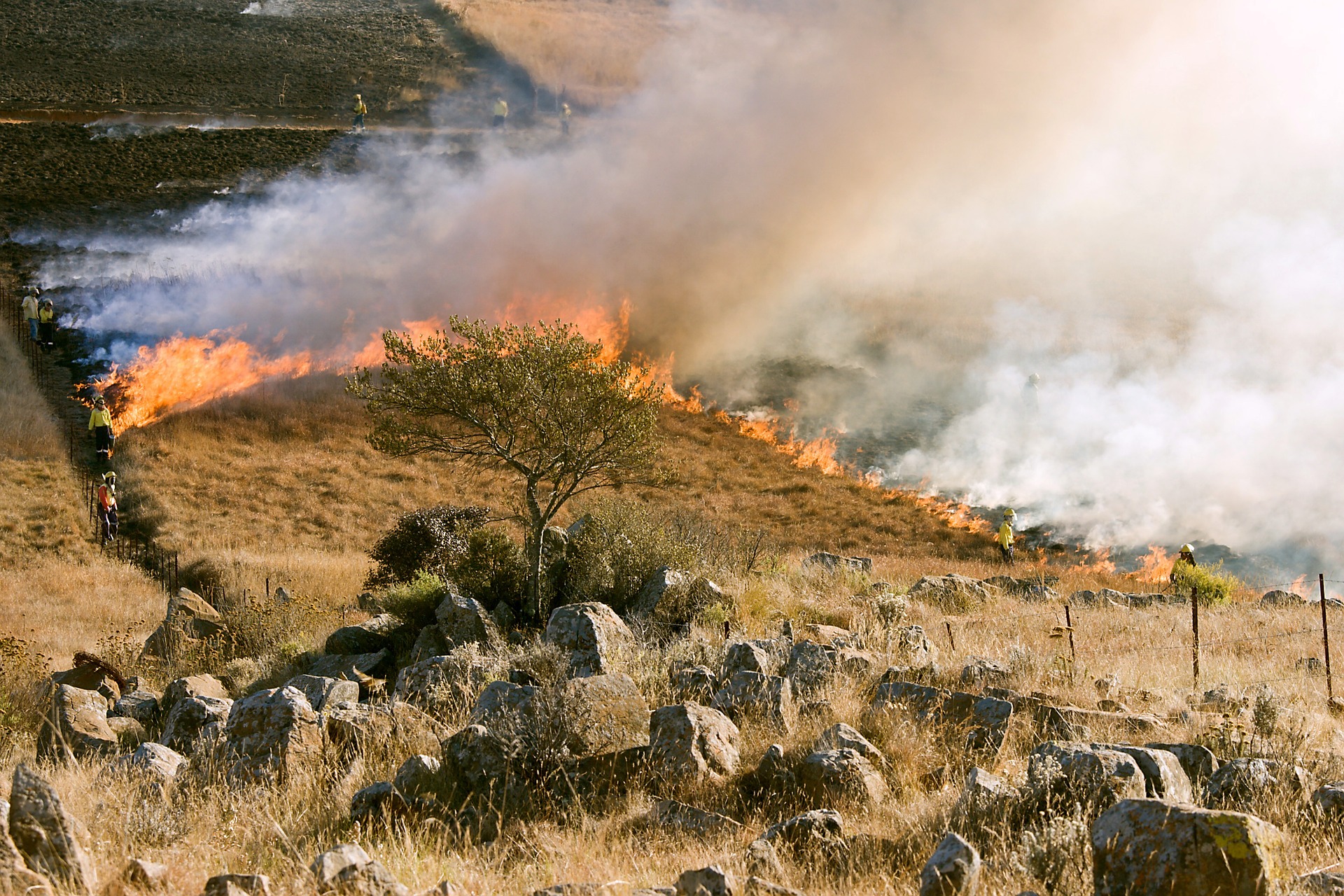Fire risk is high this week San Diego, just as it was a decade ago when a series of fires burned over 200,000 acres of the county. A decade later, the fallout from those fires, for which San Diego Gas & Electric was found partly responsible, is not yet over.
The company is still trying to repair its image and make sure it cannot be linked to any future infernos.
Yet SDG&E continues to fight to get $379 million from customers to reimburse itself for some of the money it paid to settle damage claims related to those fires. The money would, of course, come by raising rates on some of the very people who suffered through the fires.
There is another major rate-raising expenditure related to the fires the company is working on. It is replacing 2,000 wooden transmission poles with steel poles in and around Cleveland National Forest.
In one regulatory filing, the company said replacing the poles is a “common sense” endeavor. After all, wood burns and steel doesn’t. The California Public Utilities Commission agreed, and gave SDG&E the green light to spend about $420 million on pole replacements last summer. But the project is not yet a slam dunk.
Last fall, the CPUC reopened the case after Cleveland National Forest Foundation and the Protect Our Communities Foundation both sought a rehearing. The groups also filed a motion to halt construction, but that’s been pending for over a year, so SDG&E is proceeding in the meantime.
The environmental groups are concerned both about the cost – the project would raise rates by about 2 percent – and the effects on the forest. More than three dozen crews could be working on the project at once and helicopters would be required to do some of the work.
But the groups have an even more basic argument against the poles, one that cuts against SDG&E’s contention that replacing poles is “common sense”: Wooden poles haven’t been blamed for starting fires.
Steel poles, then, are an expensive solution in search of a problem, said Bill Powers, who serves on the Protect Our Communities Foundation board.
SDG&E’s lines and failure to clear vegetation near them were linked to the Witch, Guejito, and Rice fires of 2007, but the material used to make the poles weren’t the problem.
“If the wood hasn’t been a source of ignition, who cares?” Powers said.
SDG&E has already replaced 12,000 wooden poles with steel poles. It argues the poles are better for a variety reasons related to fire prevention, including the chances that wooden poles could catch fire if struck by lightning, topple in intense wind or be destabilized by termites and woodpeckers – unlike steel poles. Once the company finishes the work in Cleveland National Forest, “SDG&E will have fire-hardened most of the power lines in San Diego County’s high-risk fire areas,” company spokeswoman Colleen Windsor said in an email.
The poles are only one aspect of the company’s response to the 2007 fires and to lower the risk of future fires, though. It has created its own weather service, complete with 170 weather stations, 100 cameras to monitor fire-prone areas and a team of three meteorologists. The company’s weather reports are used by fire officials across the county who talk about their value with enthusiasm.
It’s also stepping up its brush-clearing and tree-trimming.
The most-watched issue related to the company’s response to the 2007 fires, though, is whether SDG&E will get back the hundreds of millions it paid out to settle damage claims. The $379 million is only a portion of the utility-related costs of the fires, which totaled $2.4 billion. Much of that was picked up by insurance or by Cox Communications, which was also found partially liable. SDG&E has said it will voluntarily eat another $42 million it could have asked ratepayers for.
Right now, the $379 million reimbursement is in limbo. Two CPUC administrative law judges said the full commission should vote to reject the payout, but the commission has yet to take that vote.
At a recent CPUC hearing in Chula Vista, one SDG&E executive, Lee Schavrien, said if the commission didn’t approve the full reimbursement for the 2007 fires, the company would have to take other steps its customers wouldn’t like, according to the Union-Tribune. For instance, it would begin removing rather than trimming trees. And, he said, the company would “re-evaluate” the standards it uses to shut off power to people in San Diego’s backcountry during fire conditions.
That highly unpopular option is one reason Powers argues that the steel poles aren’t needed: If SDG&E has plans to shut off power anyway, he argues the steel poles make even less sense, since they will be connected to de-energized power lines.
[divider] [/divider]





